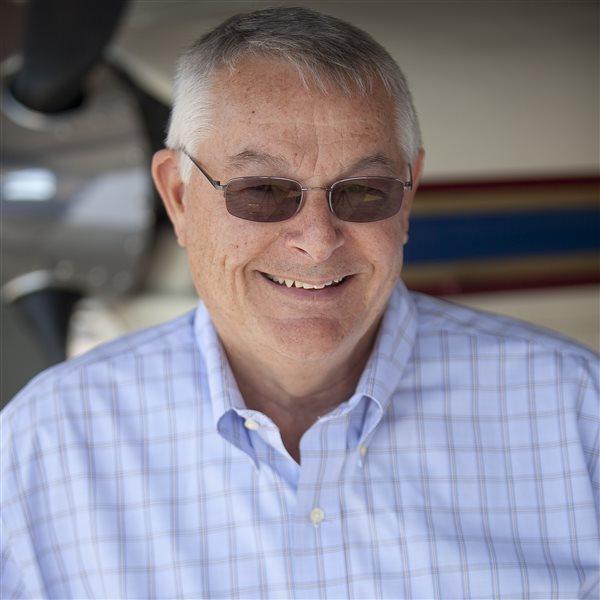This month's " Extreme Crosswinds" story (page 103) was planned as part of the "Landings" series started earlier this year by AOPA Pilot Editor at Large Tom Horne. Writer Alton K. Marsh couldn't believe his good luck when an informal survey pointed him toward Maui in Hawaii. Testing the trade winds was absolutely essential research in the interest of good journalism, of course. Mainlanders find they have to accept low clouds and high winds as permanent conditions of Hawaiian flying, while Hawaiian pilots marvel at the relatively calm conditions and high clouds on the mainland. What the two groups share is a need to control crosswinds, and islanders do it best.
The step up to turbine aircraft requires more than just thinking faster to stay ahead of the aircraft and, of course, more money, says aviation consultant and author John J. Sheehan (see " Turbine Pilot: Turbine Aircraft Airworthiness," page 141). "The maintenance and airworthiness aspects of turbine-powered aircraft involve additional regulations and increased continuing airworthiness requirements from the manufacturer." While these items are easily mastered, Sheehan notes that getting closer to the mechanic who works on your turbine will facilitate the process. "Staying ahead of life-limited items and inspection cycles for turbines requires more attention to detail and a system of figuring out what's next. Like everything else, though, it's easy once you know how."
Photographers Donna and Ken Chesler were asked to photograph a family with their airplane at the bucolic Indiantown Airport in central Florida. The mile-long grass strip, bordered by orange groves and cattle ranches, and the pilots who fly there inspired the Cheslers to create a picture book of black-and-white photos of Indiantown pilots and their airplanes. The airstrip is a mecca for taildraggers and those who love to fly simply for the joy of flying (see " Splendor on the Grass," page 86).
Steve Oxman's 1959 Beech K35 Bonanza has been making the rounds at airshows across the country collecting trophies and awards — the long-awaited payback for the thousands of hours of labor and many more thousands of dollars that he's invested over the past several years (see " The Accidental Showpiece," page 94). What got him started on this path to throw so much time and money into an airplane? "We at AOPA are partly to blame," says author and former AOPA Pilot technical editor Peter A. Bedell. Oxman was influenced by the AOPA sweepstakes airplanes, most of which are restored to better-than-new status, creating essentially a best-of-type airplane. "The magazine articles detailing what we did to Cessnas and Pipers throughout the 1990s inspired Steve to create his own better-than-new airplane with his Bonanza," says Bedell. "I'm glad that the sweepstakes airplanes we worked so hard targeted the readers exactly as we intended. I coordinated the work on the 1997 Ultimate Arrow sweepstakes; I know how much time, effort, and money it takes to make such a one-of-a-kind airplane. While AOPA relies on generous donations of products and labor to keep restoration costs to a minimum, Oxman had to complete his Bonanza project with his own time, sweat, and money. I'm glad to see he's now enjoying the results of all his work."



